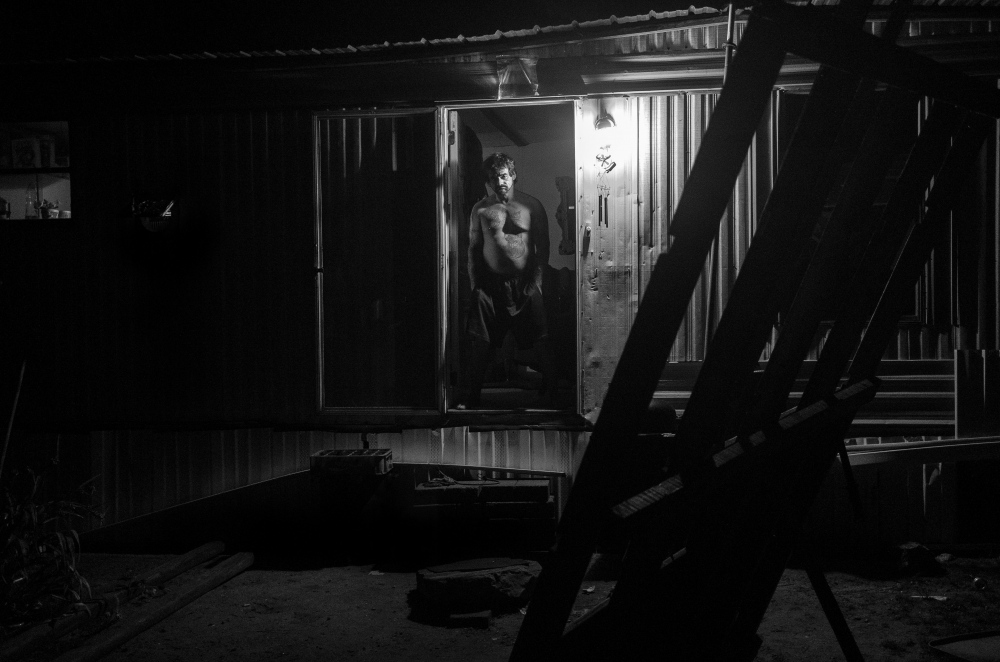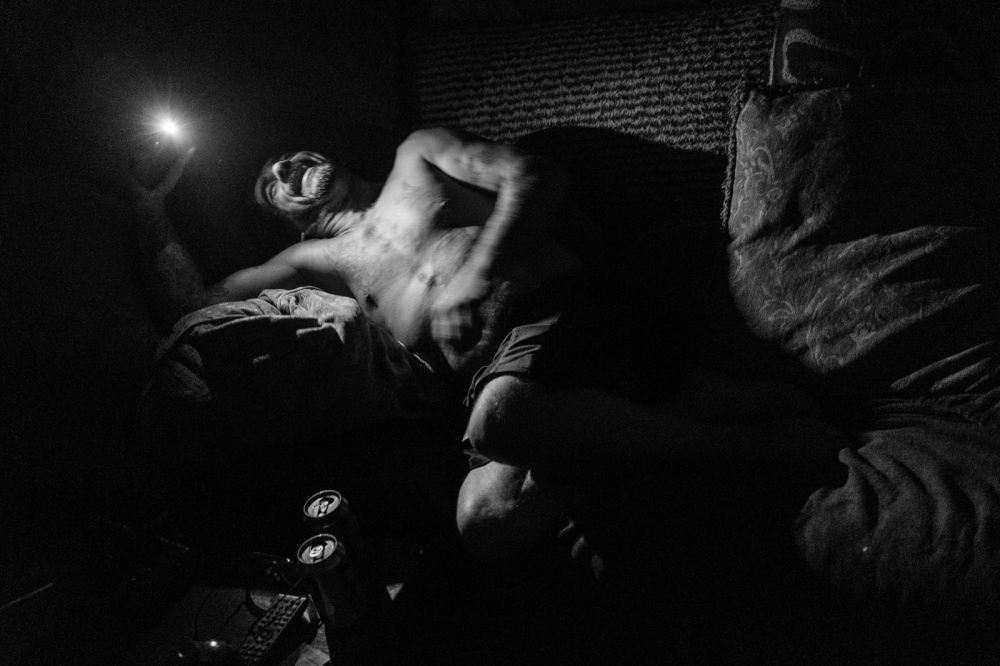In April 1862 "“ just a year into the Civil War "“ the New York Times reported on a dispatch from Union troops titled, "Advance into Alabama." It read:
An hour before sundown we reached another barren region inhabited by "poor white trash." Their houses were of the worst imaginable description, and how they managed to obtain a living upon such as soil, was a problem to us. Yet hither the pitiless monopoly of the slaveholding class had driven them, and, by some means were other, they managed to wring sufficient food to keep themselves and their children from starving, out of these inhospitable rocks.[i]
Impressions of Alabama have changed little in 150 years, particularly as the roots of deep poverty have perpetuated class division and precipitated widespread drug addiction. The rise in use of methamphetamine across the South over the last decade has led to increased cultural anxiety about the drug and those who use it, while the general perception of the meth-head is perpetuated by popular television programs and pervasive anti-meth campaigns. These limited representations typically paint one-dimensional, demonized characters whose chronic drug use is epitomized by obsessiveness, paranoia, and monstrous physical side effects. But while there are certainly deleterious consequences to meth use and stereotypes often ring too true, existing cultural narratives too often fall short of individually considered realities.
Photographed over two years, GOOD BAD PEOPLE uses traditional ethnographic and documentary methods to simultaneously reinforce and undermine assumptions of what it means to be a methamphetamine user and present an empathetic, intimate look into the complicated lives of those who struggle amidst drug use and diminished social status.
Southern authors have long employed irony and the grotesque to reflect social realities and critique the cultural character of the South. Traditionally, Southern Gothic literature has described the American South as a deeply flawed place, where the lives of eccentric characters are shaped by poverty, alienation, crime, and violence as they struggle through morally questionable actions to make sense of the world around them. The broken, often sinister, characters in stories by Flannery O'Connor, Carson McCullers, and Harry Crews embody madness, despair, and decay to upend conventional cultural understandings.
Similarly, GOOD BAD PEOPLE tells the complex, often contradictory stories of more than 30 meth users from Sand Mountain, a sandstone plateau in northeast Alabama infamous for extreme poverty, poultry processing plants, Pentecostal snake-handlers, and meth production. The project includes the stories of Chico, a 48-year-old ex-convict, meth dealer, and self-proclaimed member of the Aryan Brotherhood; Ryan and Alice, a young runaway couple on the brink of a lifetime of addiction; Mono, a former member of the Mara Salvatrucha (MS-13) gang; Willow, a chronic binge user who lived in more than six homes in less than nine months; and Fred, a long-time addict who recently lost everything he owned in a house fire.
Undoubtedly, each viewer will interpret the stories told by the images differently. Although these interpretations can be stigmatizing, they may also humanize those who use meth and thereby facilitate more complex, implicit narratives, focus attention to an often derided and misunderstood population, and engage with the current conversation concerned with the pivotal political role and cultural identity of the marginalized rural South.
[i] "Gen. Mitchell's March Into Alabama". The New York Times. April 14, 1862.



































